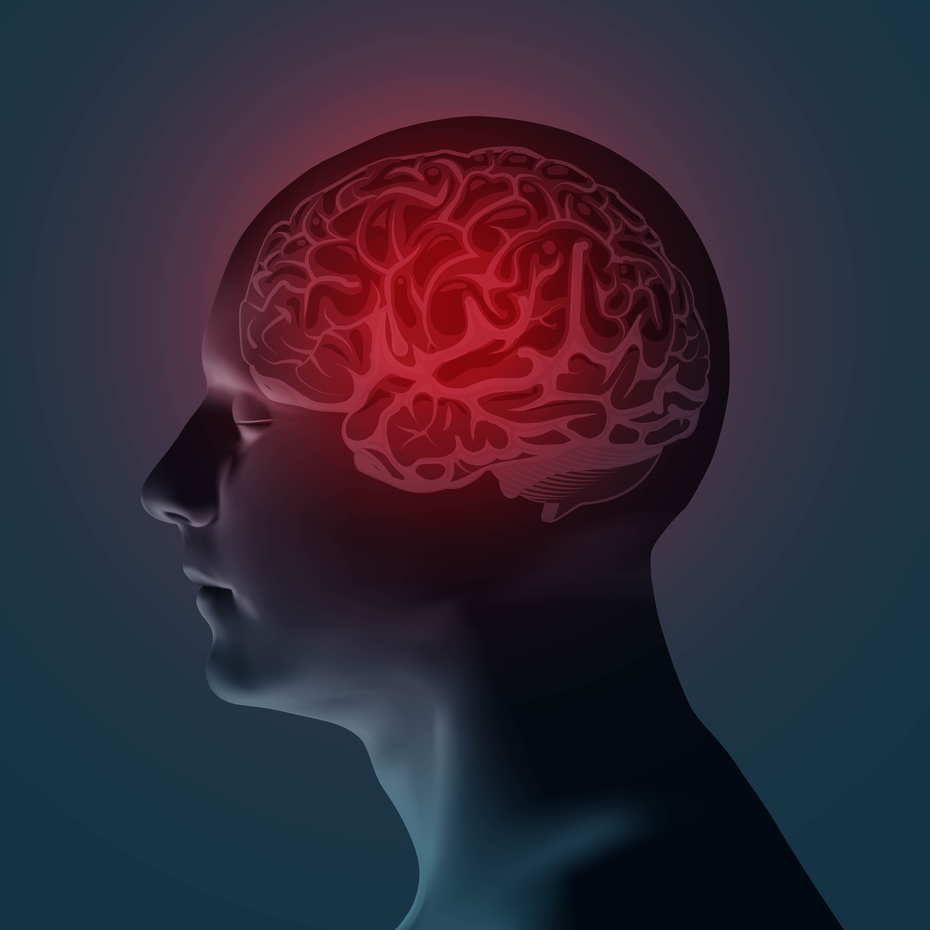Article
DBS Linked to Symptomatic Improvement in Tourette Syndrome
Author(s):
Twelve months after the implantation of a DBS device, the average tic severity for patients improved by 45%.

Michael S. Okun, MD
Deep brain stimulation (DBS) has been found to be associated with a symptomatic improvement in patients with Tourette syndrome.
A study conducted by Michael S. Okun, MD, the Adelaide Lackner professor and chair of neurology at the Fixel Center for Neurological Diseases at the University of Florida, in Gainesville, and colleagues, found that 1 year after the implantation of a DBS device, the average tic severity for patients improved by 45%.
The study included data from the International Deep Brain Stimulation Database and Registry from January 1, 2012 to December 31, 2016, including information on 171 patients with bilateral Tourette syndrome, 161 of which received a DBS implant. Implants targeted the globus pallidus pars interna (GPi)—anterior (n = 41; 25.2%) or posterior (n = 25; 15.3%)—the centromedian thalamic region (n = 93; 57.1%), or an anterior limb of the internal capsle (n = 4; 2.5%).
The case data was drawn from more than 30 institutions from 4 continents (Australia, n = 17, 9.2%; Europe, n = 78, 42.2%; Asia, n = 35, 18.9%; North America, n = 55, 29.7%), and 10 countries. Mean age of diagnosis was 12.3 years (SD, 7.2), with surgery occurring at an average of 29.1 years of age (SD, 10.8).
“Even expert centers performing deep brain stimulation for Tourette syndrome only perform a handful of cases each year,” Okun told MD Magazine. “This small number of cases makes it difficult to judge outcome and to drive improvement in the field. This multi-national group pooled its data and formed an innovative registry to better understand this surgery and its outcomes. The 1-year outcomes showed an impressive 40% plus improvement in the validated scale measuring tics.”
That validated scale—the Yale Global Tic Severity Scale (YGTSS)—was utilized in measuring the clinical outcomes of the patients, with analysis including information from baseline, month 6 and month 12 for motor tic scores and phonic tic scores.
YGTSS total mean scores improved a statistically significant 40.1% at month 6 (baseline, 75.01 [SD, 18.36] to 44.92 [SD, 19.01]), and 45.1% at month 12 (to 41.19 [SD, 20.00]). Additionally, a significant outcome of time was revealed for the total scores (F1.68,143.01 = 77.92; P <.001; πp2 = 0.48).
Overall, a significant outcome of time on clinical motor tic scores (F1.75,64.92 = 86.68; P <.001; πp2 = 0.70) and phonic tic scores (F1.75,504.69 = 41.41; P <.001; πp2 = 0.53) was revealed.
At the 6-month follow-up, the mean phonic tic scores improved 44.2% (baseline, 16.82 [SD, 6.56] to 9.38 [SD, 6.56]). At month 12, scores had improved 42.7% (to 9.63 [SD, 6.99]). The difference of —2.6% between the 2 follow-ups was considered not statistically significant.
As for mean motor tic scores, at month 6, they had improved 38.2% (baseline, 21.00 [SD, 3.72] to 12.97 [SD, 5.58]), and 38.5% by month 12 (to 12.91 [SD, 5.78]). As was the case with phonic tic scores, the difference of 0.5% between month 6 and month 12 was considered not statistically significant.

Patients were also highly comorbid, with 64.2% (n = 97) diagnosed with obsessive compulsive disorder, 47.3% (n = 70) with depression, 35.8% (n = 53) with anxiety, 28.3% (n = 43) with attention deficit/hyperactivity disorder, and 21.6% (n = 32) displaying self-injurious behavior.
Adverse events (AEs) occurred at a relatively high rate—56 of 158 total patients (35.4%) experienced AEs. However, most were considered reversible. The most common were dysarthria (6.3%), and paresthesia (8.2%). In total, 48 (30.8%) of the AEs were stimulation-related and 6 (3.8%) were surgery related. Only 2 (1.3%) were device-related.
“The adverse events at 1 year were consistent with previous Tourette DBS studies and were mostly reversible with programming,” he said. "Longitudinal follow-up of safety and adverse events will be an important endpoint for this registry and database. It is clear that future technological innovations will be needed to improve the risk-benefit ratio of the procedure.”
There were limitations, as well, with "the most obvious" that the data come from an observational, descriptive, open-label study and data culled from multiple sites, the authors wrote. Another was non-standardized inclusion criteria for the registry utilized.
DBS, while a promising therapy for Tourette, still leaves some “critical questions” unanswered, including information on how to determine the appropriate candidates for the therapy, according to the authors. The results thus far, however, suggest it is a worthy treatment option to explore.
“There are many neuropsychiatric disorders being studied in animal and early human experiments and it is likely we will see the indications for DBS expand,” Okun said. “Additionally, DBS in the future will likely be personalized to individual symptoms that are impacting the quality of life.”
The study, “Efficacy and Safety of Deep Brain Stimulation in Tourette Syndrome,” was published in JAMA Neurology.
Related Coverage >>>
FDA Grants Orphan Drug Designation to OPMD Therapy
High Intensity Treadmill Exercise Effective in Early Parkinson Disease





